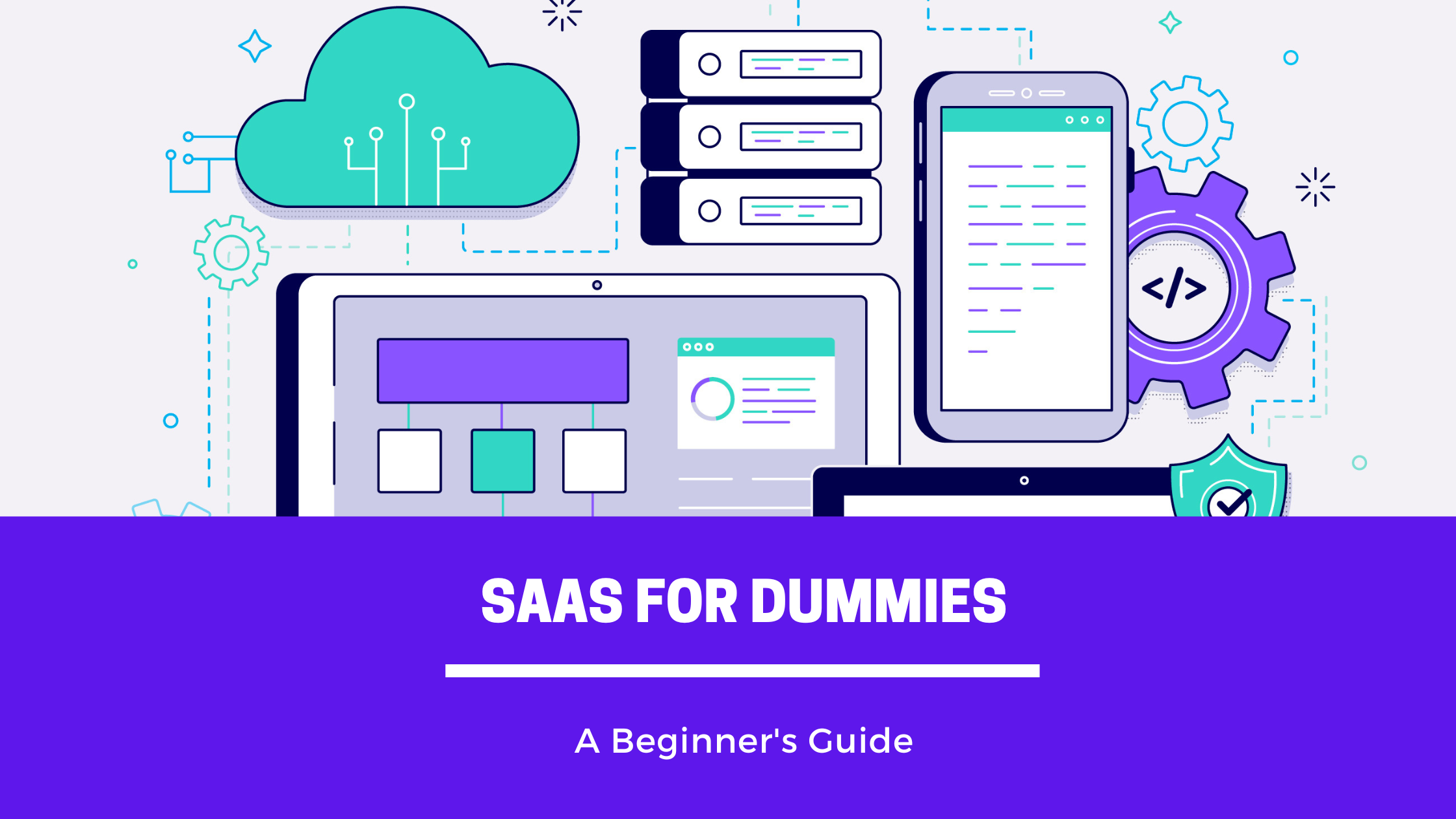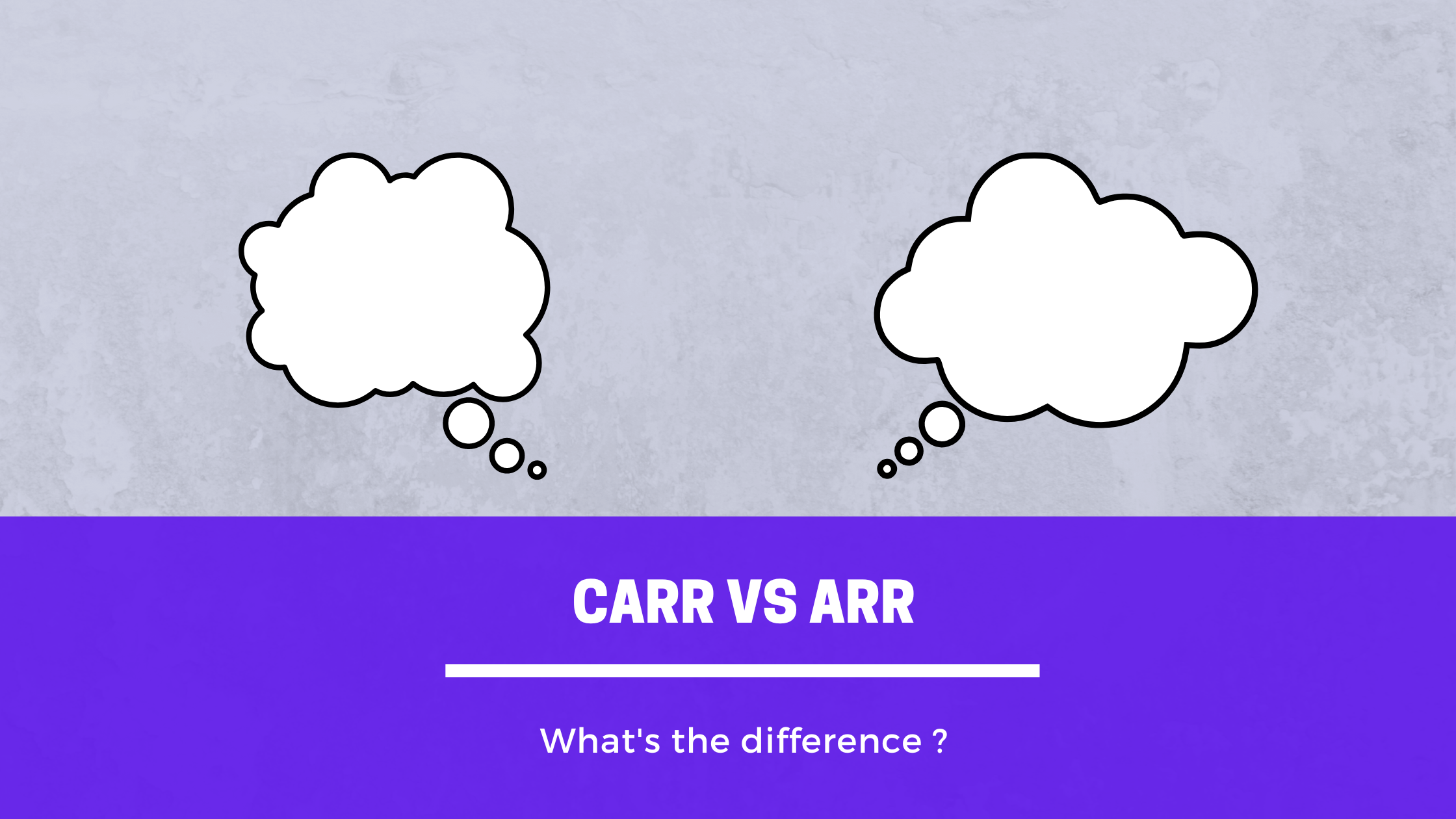SaaS keyword research is an essential part of any successful content marketing strategy. By identifying the right keywords, SaaS businesses can attract a larger audience, build their brand, and increase revenue. In this step-by-step guide, we will explore the importance of keyword research, the key goals of keyword research, and provide a detailed guide to conduct effective keyword research for your SaaS business. We will also discuss what to do after conducting keyword research, including how to write brilliant content, optimize content for SEO, obtain backlinks, and ensure conversions. By following these steps, you can create a comprehensive content marketing strategy that will help you reach your target audience and achieve your business goals.
What is SaaS keyword research?
Keyword research is a crucial step in your overall content marketing strategy for your SaaS business. It helps you find the right keywords that people are searching for on the internet, and then create content around those keywords to drive traffic to your website.
Typically, blogs are written in two ways. First, you might have insights that you want to share with the world. However, this approach works only if you already have a good existing audience. Second, you might see gaps in content for certain topics on the internet and want to serve those people. This is where keyword research comes in.
The idea behind keyword research is to find the keywords for which there is no good content available. By doing so, you can start ranking at the top of search results, like Google, and attract automatic traffic to your website. This traffic can be converted into potential customers, and the best part is that you can achieve all of this without spending a single dollar.
Therefore, it is essential to identify the right keywords and create content around them to ensure that your SaaS business is reaching its full potential. By doing so, you can attract a larger audience, build your brand, and ultimately increase your revenue.
Why SaaS keyword research?
As a business, your ultimate goal is to get customers to use your product. However, you have limited time and resources, so it’s crucial to focus on marketing efforts that are effective and bring in customers. One popular way to drive inbound traffic to your website is through Search Engine Optimization (SEO).
Keyword research is the foundation of SEO. It helps you identify the specific words and phrases that potential customers are searching for, so you can optimize your website to rank higher in search results.
Without keyword research, you may end up wasting time and resources on ineffective marketing efforts. You may be targeting the wrong audience, using irrelevant keywords, or missing out on opportunities to attract potential customers.
Therefore, it’s essential to invest time and effort in keyword research to ensure that your marketing efforts are focused, targeted, and effective. By doing so, you can increase your chances of attracting and converting potential customers, and ultimately growing your SaaS business.

What are the key goals of SaaS keyword research?
When conducting keyword research, the primary goal is to identify keywords that will enable your content to rank among the top 5-10 search engine results pages (SERP). This is essential in ensuring that your content is visible to your target audience, driving traffic to your website, and increasing your chances of conversions.
To achieve this goal, you need to conduct thorough research on the search phrases that your target audience is using to find information related to your niche. Once you have identified your target keywords, you need to create content that is optimized for these keywords, while adhering to all SEO principles.
It’s important to note that, to rank in the top SERP results, you need to ensure that your content is more relevant and valuable than your competitors’ content. In some cases where there is no content focused on the given query, any type of content from you will start ranking. However, if there is already some content, you should make sure that your content is more comprehensive, informative, and accurate.
Therefore, when selecting your target keywords, ensure that they are relevant to your niche, have a high search volume, and are not too competitive. These factors will increase the chances of your content ranking in the top SERP results and reaching your target audience effectively.
Step-by-step guide for SaaS keyword research
Here is a clear, step-by-step guide to performing keyword research,
Start with your domain knowledge
One of the best ways to start developing content is to tap into your domain knowledge. This can involve jotting down notes about various topics related to your field that you might want to explore further. For example, if you work in the tech industry, you might think about topics like artificial intelligence, cybersecurity, or cloud computing.
It’s also important to consider the interests and needs of your target audience. What are they searching for? What problems are they trying to solve? By putting yourself in their shoes, you can develop a list of potential topics that are both relevant and interesting to your readers.
Once you have a list of base keywords, you can start building out more specific topics that relate to each one. For example, if one of your base keywords is “artificial intelligence,” you might develop topics like “The Ethics of AI” or “How AI is Transforming Healthcare.”
By starting with your domain knowledge and brainstorming a wide range of topics, you can ensure that your content is both informative and engaging for your readers.
To optimize your website for search engines, it’s important to find not only the base keywords but also their variations. This can significantly improve your website’s ranking on search engine results pages. Here are some ways to find keyword variations:
- Use SEO tools
- SEO tools like SEMRush and AHrefs offer keyword explorer tools that can help you find keyword variations. These tools can provide you with valuable information such as monthly search volume, keyword difficulty, and related keywords.
- By using these tools, you can get a better understanding of what people are searching for and what keywords you should be targeting.
- Use Google Ads
- Google Ads can be a great way to find keyword variations. By starting with your base keywords, you can use Google’s keyword planner tool to get various variations of your keywords. This can help you identify new keywords to target and can give you ideas for new content.
- Use competitor research
- One effective way to find keyword variations is to look at the keywords your competitors are ranking for. Most SEO tools offer this data, allowing you to see what keywords your competitors are targeting and what keywords you may be missing. By analyzing your competitors’ keyword strategy, you can identify areas where you can improve and find new opportunities for your website.
Research each keyword
Now that you have shortlisted a bunch of keyword variations, the goal here is to do research for each keyword variation. It is important to understand the nuances of each keyword in order to optimize your website for search engines. For each keyword, you want to gather 2 data points.
- The first data point is the amount of traffic for the keyword.
- The second data point is the keyword difficulty (KD) for the keyword.
By analyzing these two data points, you will be able to determine which keywords are worth targeting and which ones are not. Most SEO tools will provide you with this data. Some popular tools include Ahrefs, Moz, and SEMrush.
Your strategy should be to,
- Pick keywords with a traffic volume greater than 500. This number can be adjusted based on the amount of effort you are willing to put in.
- Additionally, you should aim for a keyword difficulty (KD) score below 20. However, if your domain authority is higher, you can target keywords with a higher KD score.
Once you have identified the keywords that meet these criteria, you can begin optimizing your website for search engines. This involves creating high-quality content that incorporates these keywords in a natural and meaningful way. By doing so, you will improve your website’s visibility and attract more organic traffic.
When conducting traffic and keyword analysis for your website, it is important to use multiple SEO tools to avoid relying solely on one source of data. By using at least 2-3 data sources, you can compare and contrast the information provided and ensure that you have a comprehensive understanding of your website’s performance.

Pick the winnable keywords
After conducting thorough research, it is important to carefully shortlist your keywords. This can be done by analyzing the data gathered and choosing the most relevant and effective terms. Once you have your list, it is important to carefully examine it and avoid using keywords that are too closely linked. This will help prevent duplicate content and improve the overall quality of your work.
After you have narrowed down your list of keywords, it is important to group them into relevant categories, or “buckets.” Each bucket should have a primary keyword, which is the term for which you have the most likelihood of ranking in the top 5 search results. Additionally, each bucket should have a few secondary keywords that support the primary keyword and provide additional context for your content. By carefully organizing your keywords into buckets, you will be able to create more targeted and effective content that resonates with your audience and improves your search engine rankings.

What after keyword research ?
Keyword research is a critical aspect of your overall SEO strategy, but it is just the beginning. Once you have identified the most promising keywords, you need to take additional steps to ensure that your content adheres to all relevant SEO principles. This includes creating high-quality content that is both informative and engaging, structuring your web pages in a way that makes them easy for search engines to crawl, and optimizing your meta tags and descriptions to help your pages rank higher in search results.
In addition to these fundamental SEO practices, there are several other things you may want to consider doing after completing your keyword research. For example, you might conduct a thorough competitive analysis to see how your website compares to others in your industry. You could also explore new link building opportunities, such as guest posting or influencer outreach, to help you acquire valuable backlinks to your site.
Here are a few things you need to do after completing your keyword research:
Writing brilliant content
To write high-quality content that truly stands out, it’s important to focus on the intent of the query you’re addressing. However, that’s not the only factor to consider. You should also aim to produce long-form content that provides value to your readers. This doesn’t mean that you should simply pad out your writing with unnecessary words and phrases. Instead, you should use your own insights and ideas to differentiate your content from what’s already out there.
One effective approach to writing great content is to break down each topic into subtopics, and then to provide detailed explanations of each subtopic. This can help you to fully address the intent of the query, while also showcasing your expertise and knowledge in the field.
Another important aspect of writing great content is to use a variety of sources and references to support your points. This can include research studies, industry reports, and expert opinions. By including a range of sources, you can demonstrate that your content is well-researched and authoritative.
Ultimately, the key to writing brilliant content is to put in the time and effort to create something that truly adds value. By focusing on the intent of the query, providing detailed explanations, and using a variety of sources, you can create content that stands out from the crowd and delivers real value to your readers.
Optimising content for SEO
To ensure your website ranks highly on search engines, it is important to have highly optimised written content. This means using a variety of techniques to increase your website’s visibility, such as:
- Including the primary keyword in the title, description, headings and multiple times in the body of the text.
- Using synonyms and variations of the primary keyword throughout the text.
- Using secondary keywords throughout the text to increase relevance.
- Including outbound links to related content, both within and outside of your domain.
Tools like Yoast can help you perform a detailed analysis of your content to ensure it is fully optimised for SEO. By following these guidelines, you can help your website rank higher in search engine results pages, driving more traffic to your site and increasing your online visibility.

Getting backlinks & increasing Domain Authority
In order to increase your website’s visibility and attract more traffic, it is essential to have a high domain authority. Domain authority is a score that predicts how well a website will rank on search engine result pages (SERPs). One of the key factors that influences domain authority is the number and quality of backlinks pointing to your website.
Backlinks are essentially links from other websites that direct users to your website. The more high-quality backlinks you have, the more likely it is that search engines will view your website as a reputable source of information.
To obtain backlinks, you can do several things. One approach is to create high-quality content that is engaging, informative, and relevant to your target audience. By doing so, other websites may naturally link to your content if it is a useful resource. Another approach is to reach out to other websites in your niche and request a link back to your website. This requires building relationships with other website owners and providing value to their audiences.
It is also important to note that not all backlinks are created equal. The quality of the backlink matters just as much as the quantity. A backlink from a reputable website with a high domain authority will carry more weight than a backlink from a low-quality website. Therefore, it is important to focus on obtaining high-quality backlinks from reputable sources in order to improve your domain authority and increase your search engine rankings.
In summary, obtaining backlinks is critical for increasing your website’s domain authority and improving your search engine rankings. By creating high-quality content, building relationships with other website owners, and obtaining high-quality backlinks from reputable sources, you can improve your website’s visibility and attract more traffic to your site.
Publish & ensure conversion
Once the content has been published, it is important to keep a close eye on the traffic it receives. This will provide valuable insights into how it is performing, and allow for any necessary optimizations to be made to improve its ranking. In addition to monitoring the traffic, it is also important to focus on lead magnets. By creating effective lead magnets, you can ensure that the inbound traffic is being converted, and that visitors are taking the desired actions on your website. Some examples of effective lead magnets include free guides, tutorials, and webinars. By providing valuable content, you can establish yourself as an authority in your niche and increase your chances of converting visitors into loyal customers.
Conclusion
In conclusion, SaaS keyword research is an essential part of any content marketing strategy. By identifying the right keywords, businesses can attract a larger audience, build their brand, and ultimately increase revenue.
In this guide, we have explored the importance of keyword research, the key goals of keyword research, and provided a detailed step-by-step guide to conducting effective keyword research for your SaaS business.
We have also discussed what to do after conducting keyword research, including how to write brilliant content, optimize content for SEO, obtain backlinks, and ensure conversions. By following these steps, you can create a comprehensive content marketing strategy that will help you reach your target audience and achieve your business goals.







